The Best SMG of WWII Was Italian? The Model 38A
November 2nd, 2021
6 minute read
At first light on 20 May 1941, Hauptmann Dieter Linz sat, lost in thought alongside his 16 fellow paratroopers inside the belly of a noisy Junkers Ju 52 transport. His Auntie Ju was part of the first wave of Unternehmen Merkur, or Operation Mercury, the German airborne invasion of Crete. Linz’ Fallschirmjagers had acquitted themselves well during the recent conquest of the Low Countries. Now they formed the backbone of the largest airborne assault in military history to date.
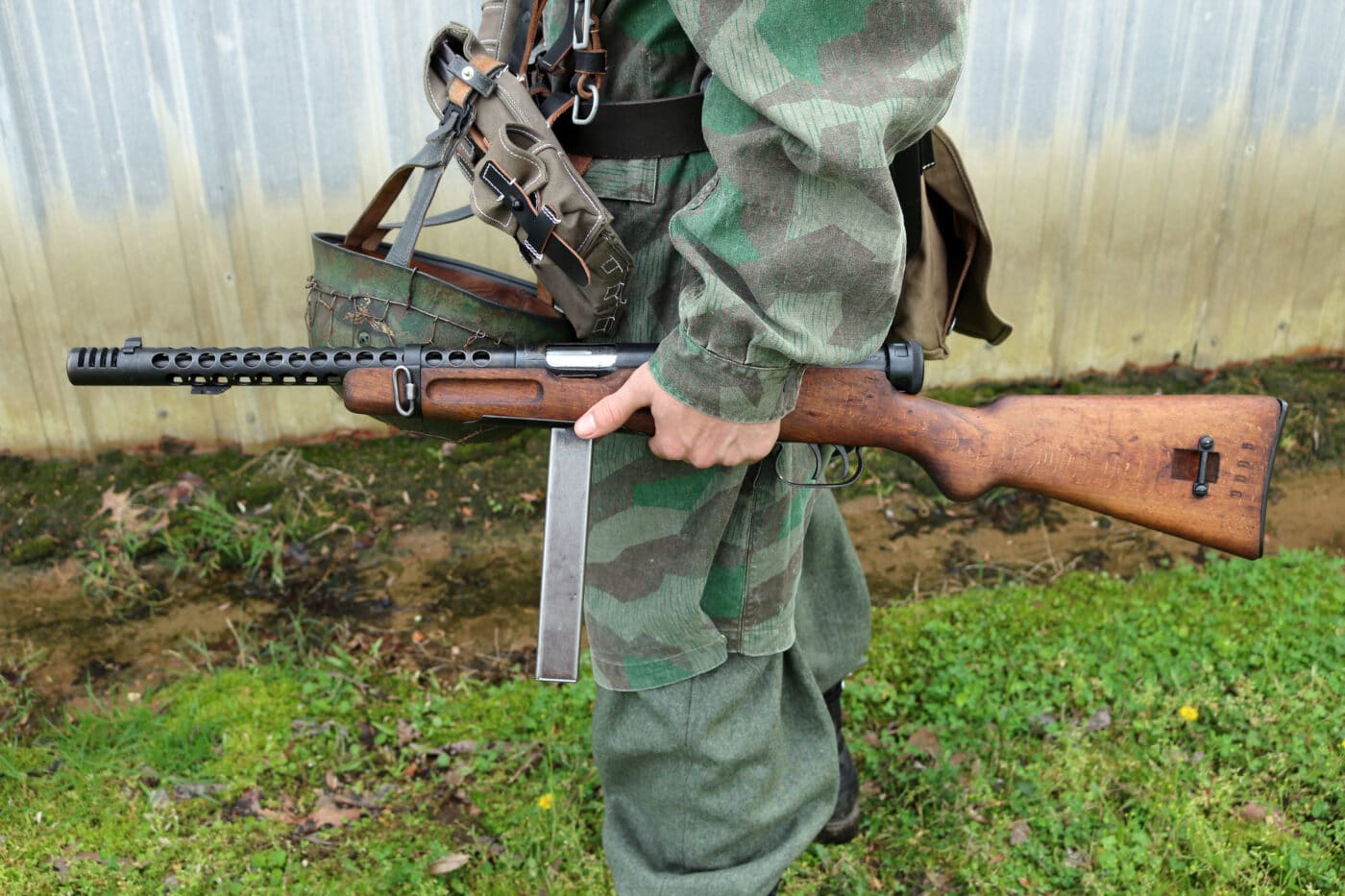
The jumpmaster had Linz and his men up and ready before the planes cleared the coastline. Linz knew that the Luftwaffe pilots were doing the best they could, but he could feel that they were both too low and too fast. Flak erupted all around the plane, sounding like so much gravel thrown against the Ju 52’s corrugated skin. The jump light flashed from red to green and Hauptmann Linz leapt headfirst into hell.
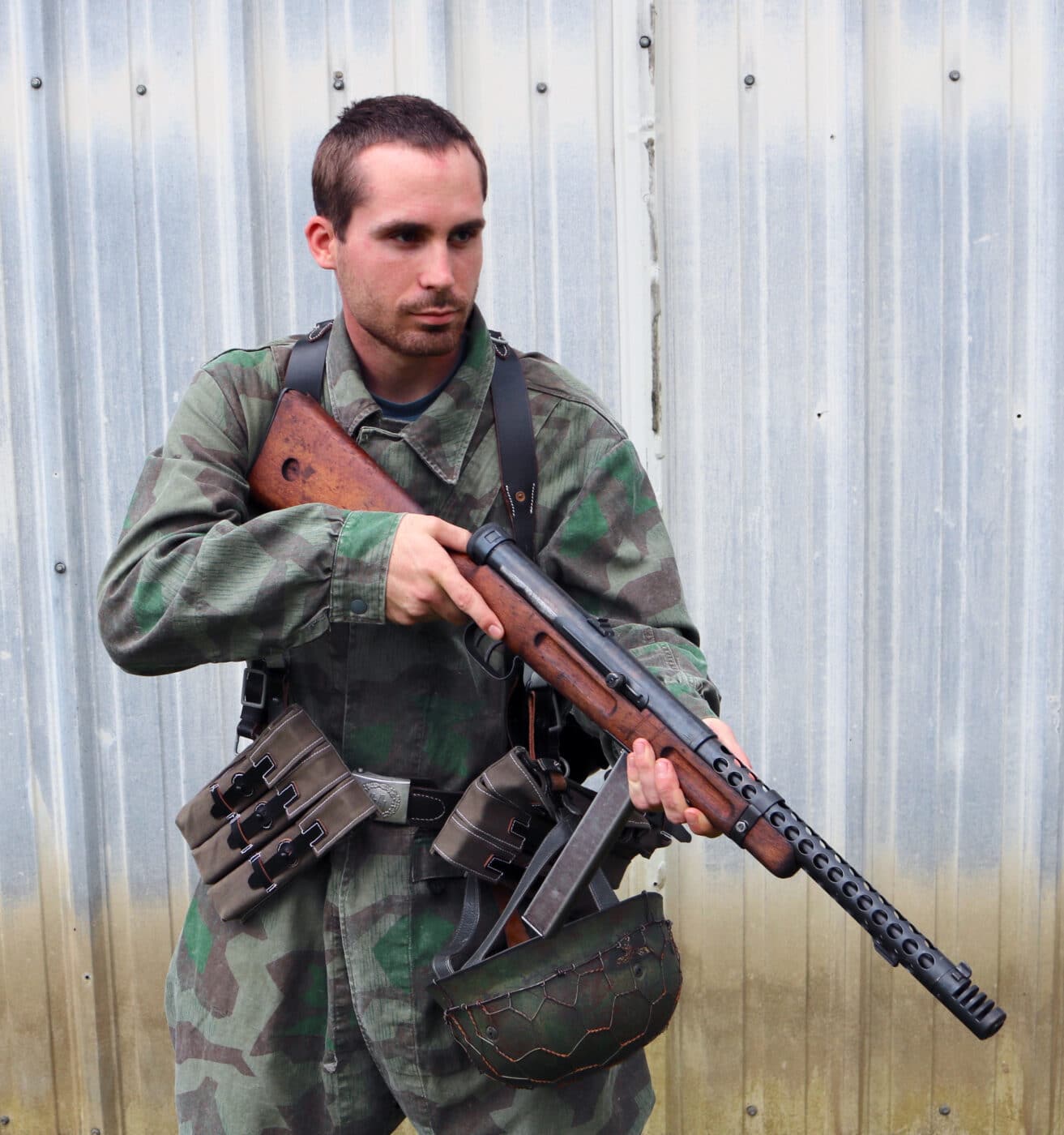
The parachutes used by the Fallschirmjagers attached at a single point behind the neck and were in no way steerable. They jumped without reserve chutes. At these altitudes, there would be no time to deploy one anyway. This equipment necessitated a dive out of the aircraft and a harsh face-first landing. It also meant Linz and his men had to jump without their primary weapons.
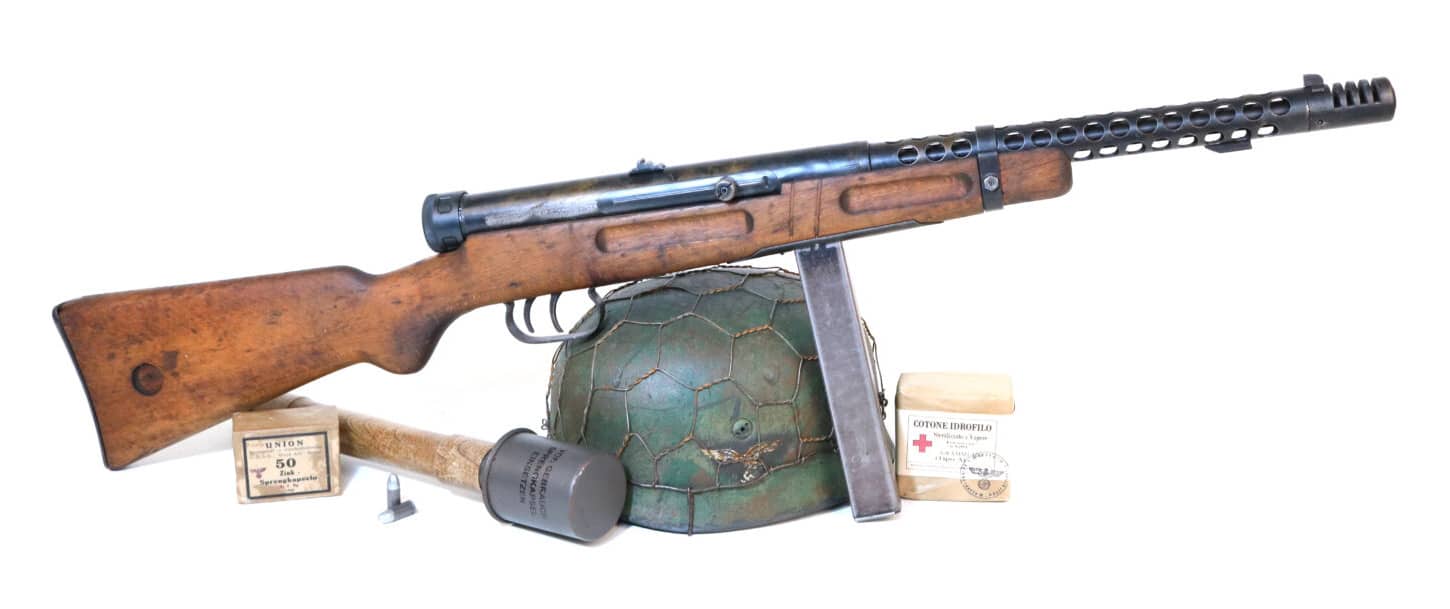
They called it jumping naked, and it left them utterly vulnerable once they hit the drop zone. Linz carried a gravity knife, his Luger pistol, and a pair of stick grenades. In the unfettered chaos that was the DZ, he was one of the precious few to find his fallschirmbombe. This was the weapons canister that was dropped from the belly of his Junkers alongside his stick of paratroopers.
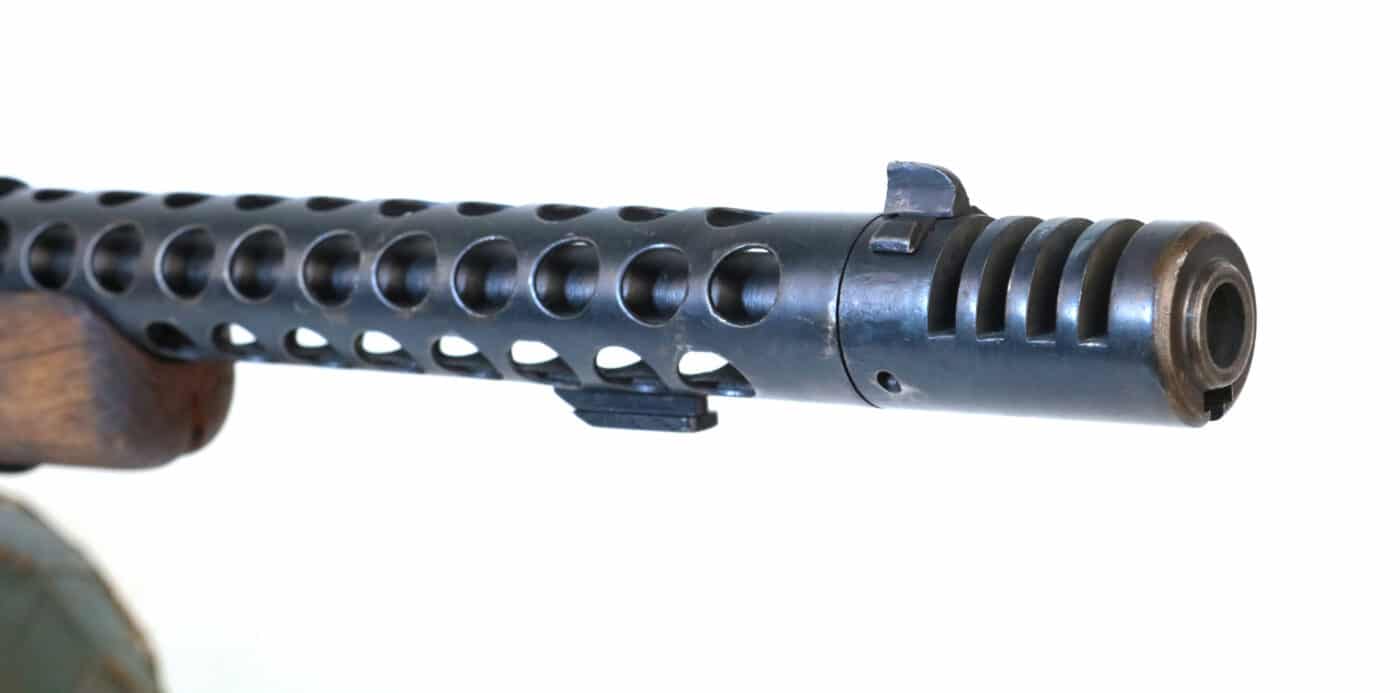
Linz popped open the canister and retrieved his 9mm Italian Model 38A submachine gun. Though a bit longer and bulkier than the more common German MP38 or MP40, Linz loved his 38A. He had traded a drunken Italian officer out of it during a joint training exercise six months earlier.
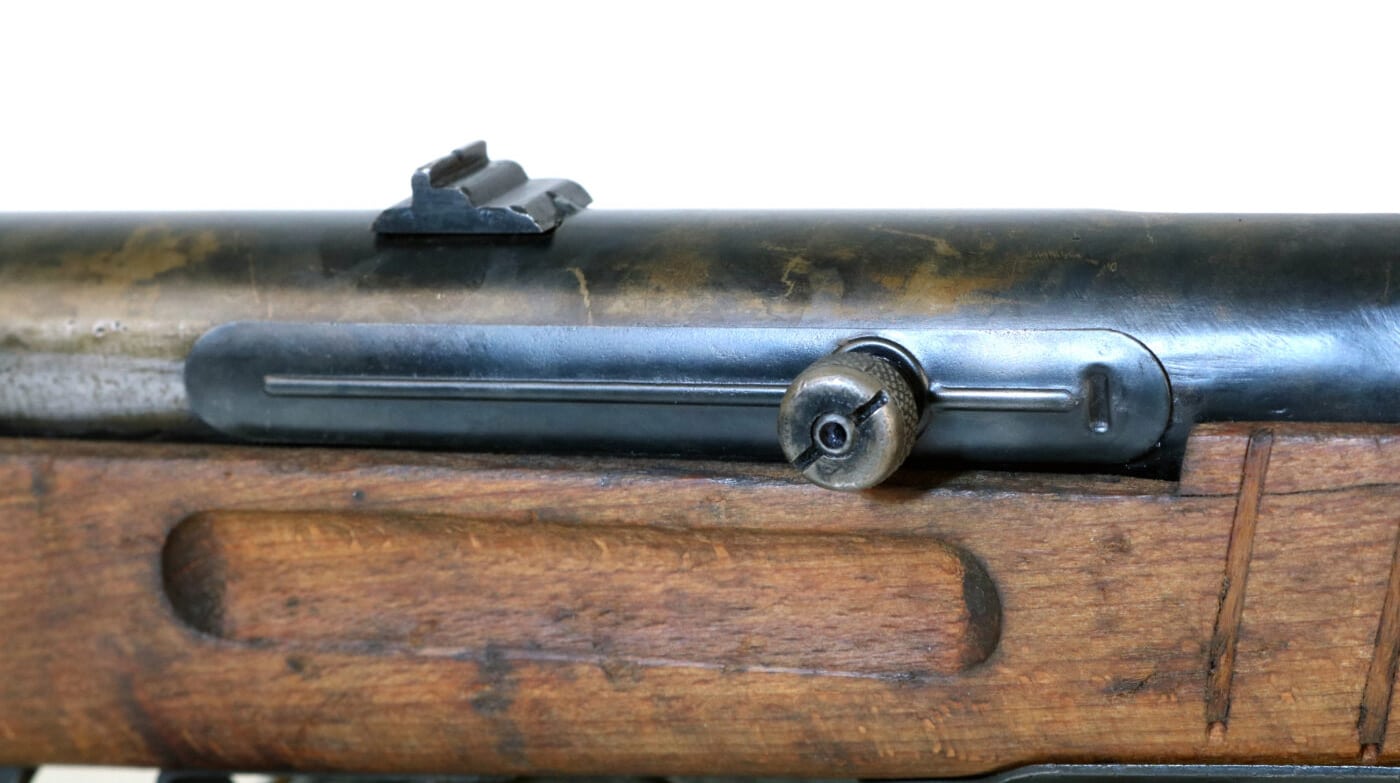
Linz took cover in a shallow ditch to avoid the incoming fire that crisscrossed the drop zone and blew his whistle. In clots of ones, twos and threes, the surviving paratroopers rallied to his position. By the time they got their weapons sorted and established some kind of organization, he had already lost half his strength. Regardless, he reached over the top of his subgun and jacked the bolt to the rear. Ready or not, this war started right here.
Model 38A Origin Story
The Italians are typically known for pretty girls, great food and a plethora of moldy old ruins. The exhaustive list of modern Italian war heroes is undeniably brief. However, the 38A submachine gun in 9mm shines on its own as a stellar exception. I’ve run them all, and the 38A is my favorite WWII-era subgun.
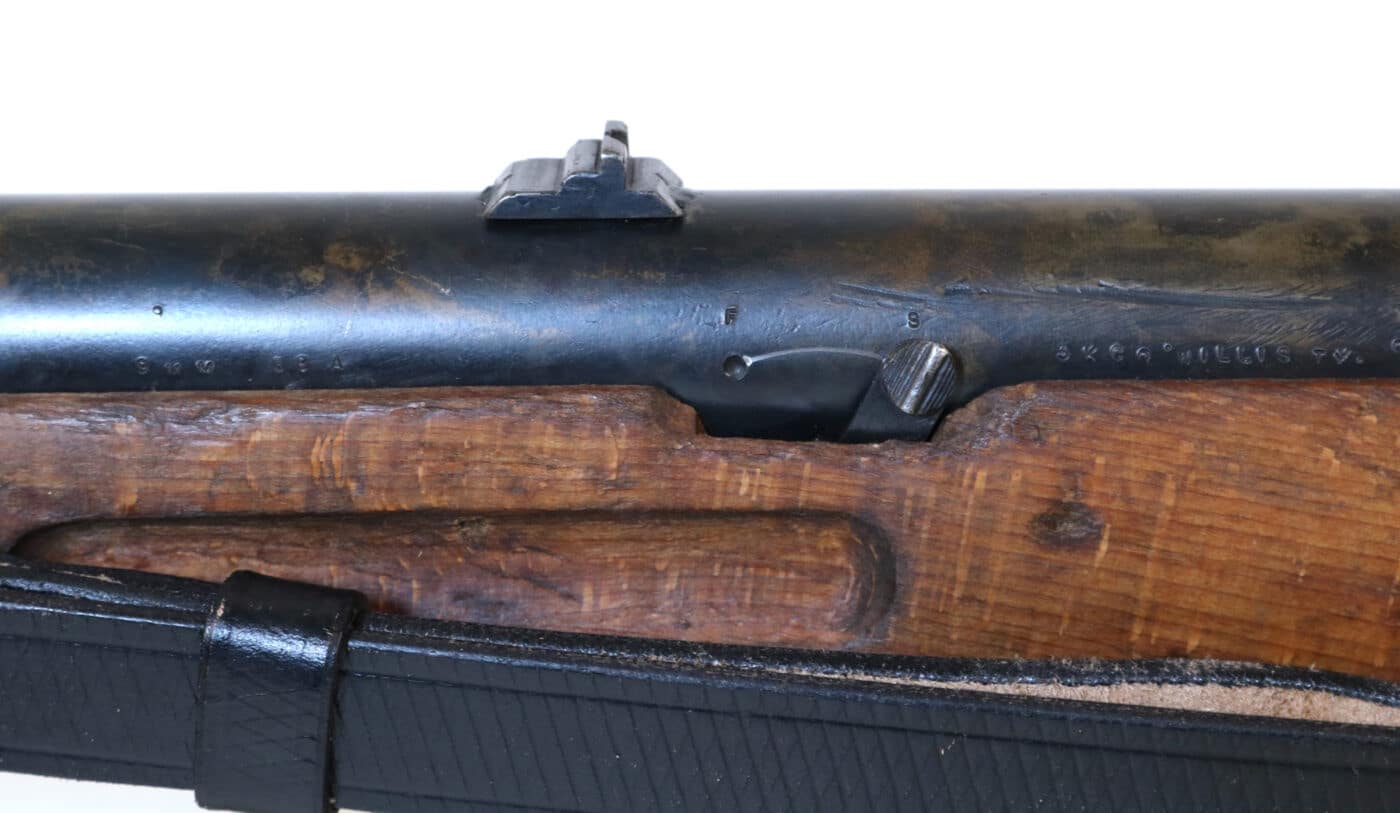
The Model 38A was originally designed in 1935 by famed Italian small arms designer Tullio Marengoni. An evolutionary development of the WWI-era Villar Perosa pistol-caliber light machinegun from WWI, the Model 38A features a rigid wooden stock and open-bolt operation. The 38A also includes several uniquely superb features.
The safety on the gun is a sliding lever on the left aspect of the receiver. This appendage is readily manipulatable by the left hand when shooting right-handed. The fire control system is built into the dual trigger assembly. Pulling the forward trigger produces semi-auto fire; the rear, full-auto. Nothing is faster.
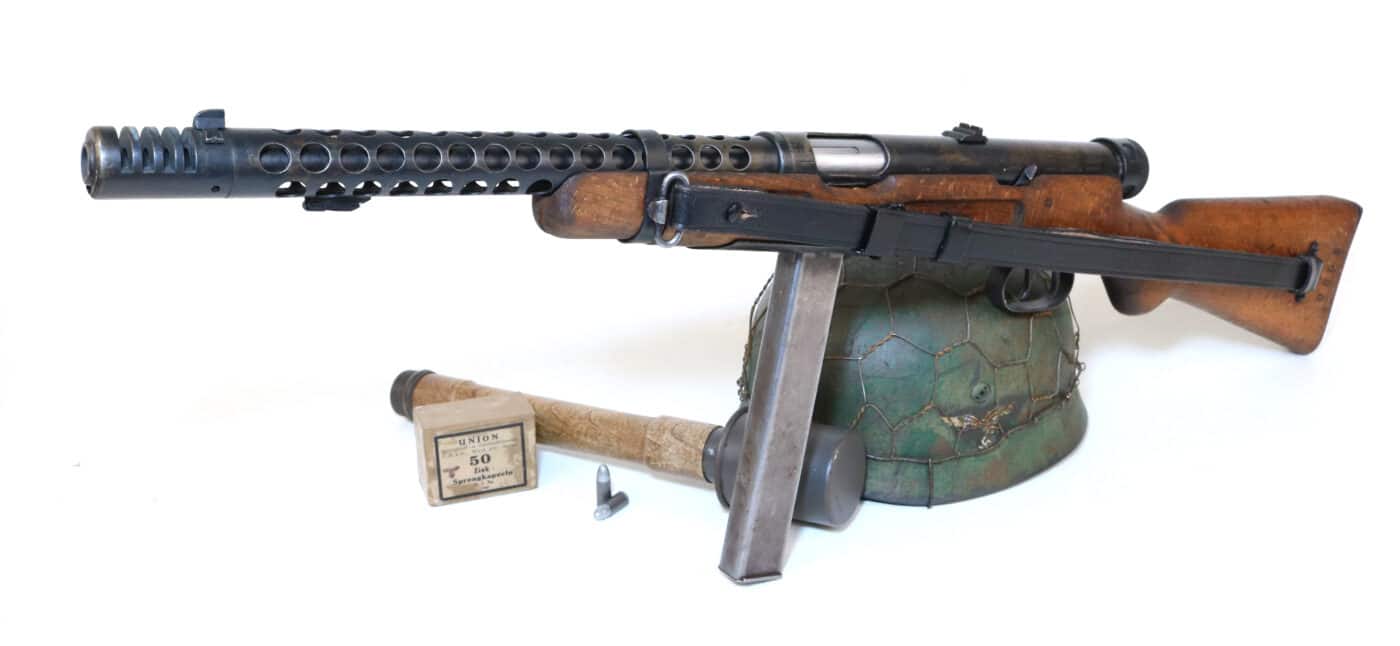
The gun feeds from 10, 20, 30 or 40-round magazines and includes an efficient muzzle brake and bayonet lug. Oddly, the weapon charges on the right and ejects to the left. That means that to charge the piece, a right-handed shooter must reach across the gun to access the charging mechanism. This knob does not reciprocate with the bolt and includes a sliding sheet steel dust cover. The leather sling attaches on the left side of the weapon as it should.
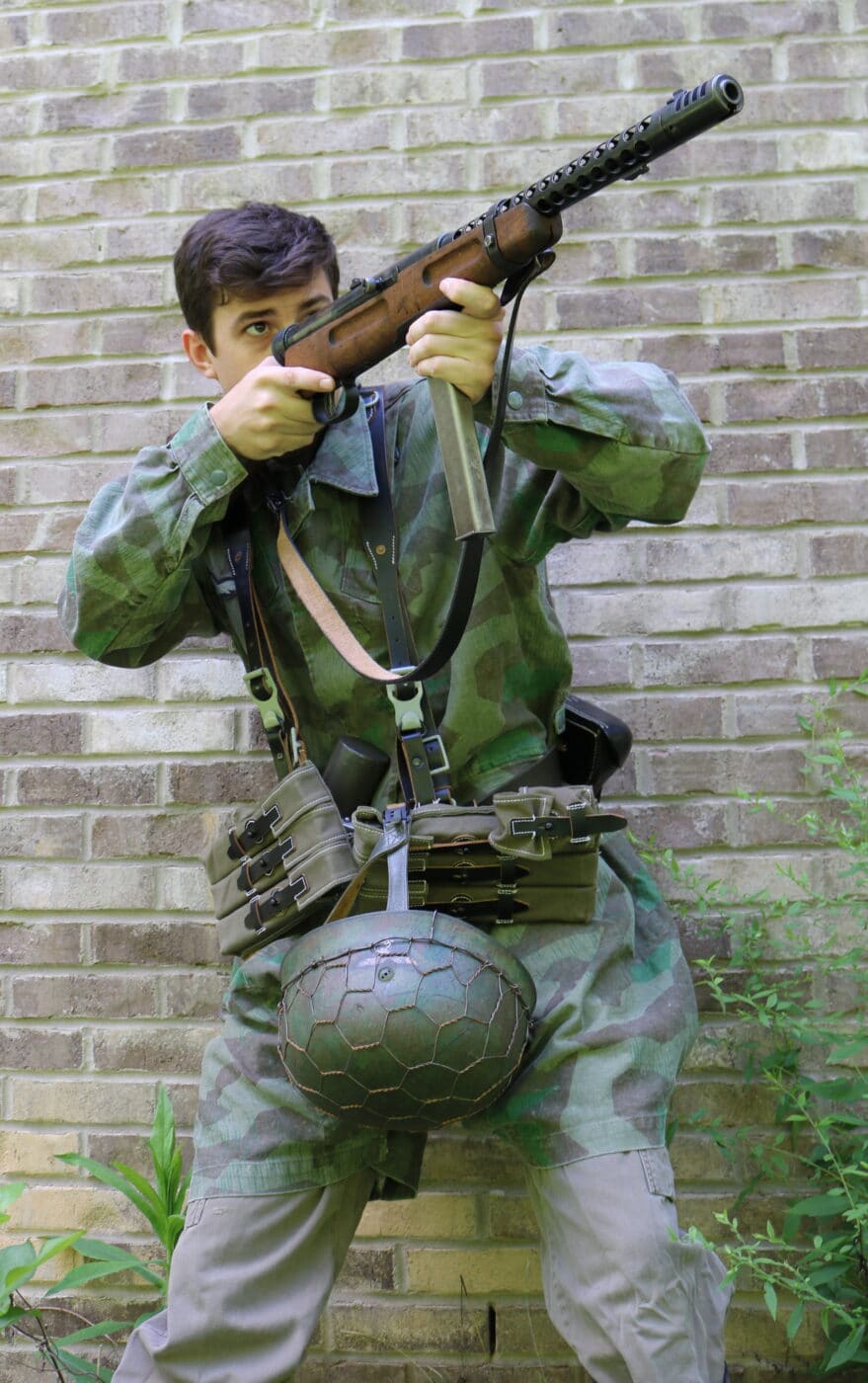
How Does She Run?
In a word, swimmingly. The long 12.4″ barrel yields superlative accuracy in semiauto mode. Switch to the rear trigger, and the gun runs at a published rate of 600 rpm. In my experience, it seems slower than that. Doubles and triples are easy for the disciplined trigger finger, and you can put all forty rounds inside a pie plate at 20 meters without trying too hard. The magazine release is small but is located behind the magazine for easy access with either hand.
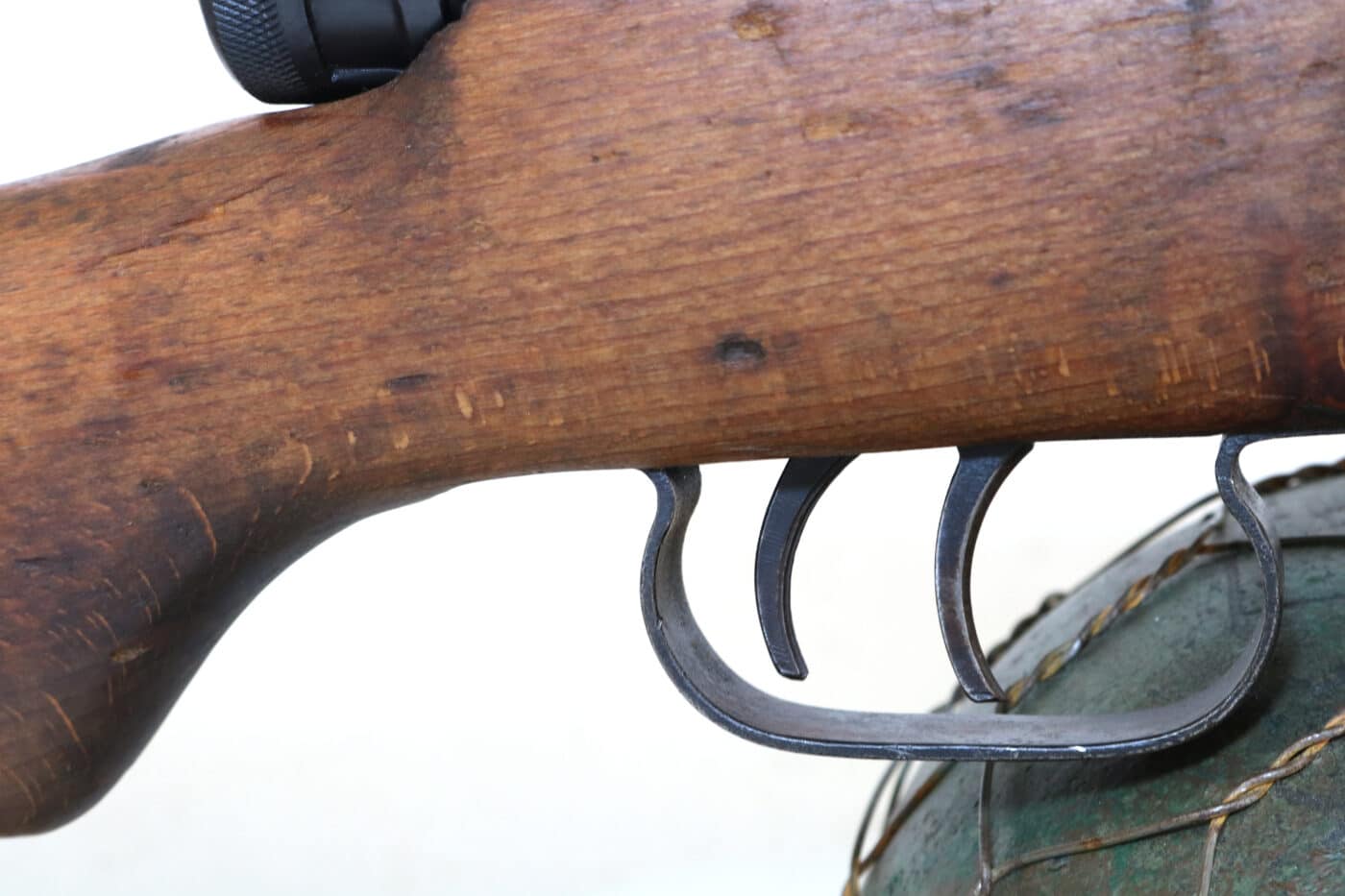
The rigid wooden stock means that the gun is tougher to pack than a comparable MP40, but the practical result is a superbly stable firing platform. The Model 38A runs much like the rifles of its day. Additionally, the standard 40-round magazine seems to last about forever, particularly in comparison to the 20 and 32-round mags used by competing subguns.
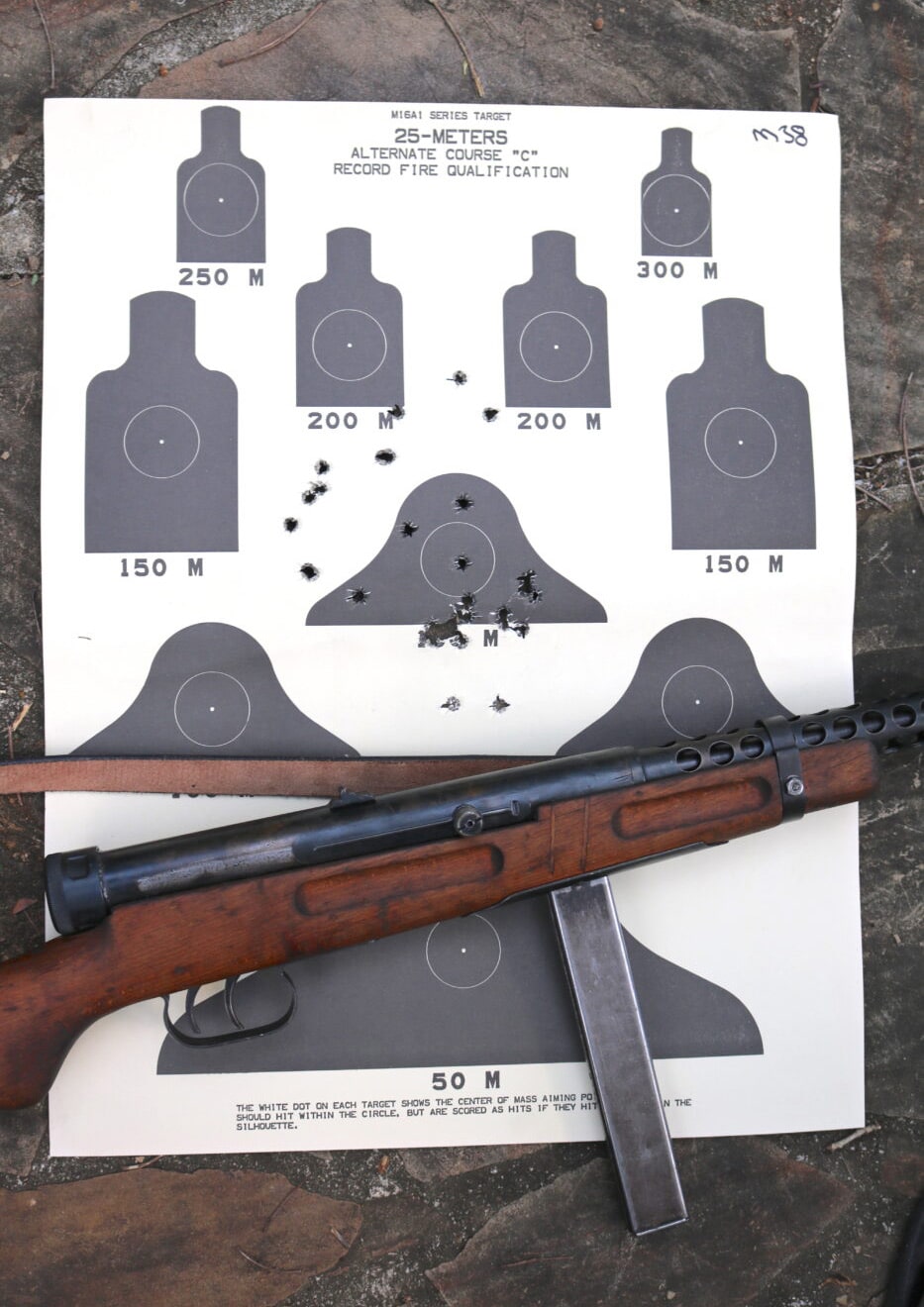
The Rest of the Model 38A Story
Operation Mercury was an unprecedented slaughter. While the Germans did ultimately wrest control of the island from the Commonwealth troops who defended it, they did so at a simply breathtaking cost. The 3d Battalion of the German 1st Assault Regiment had 400 of its 600-man complement killed in the first day of the operation. One of its subordinate companies had 112 killed out of a total of 126 on the rolls. Though successful in meeting its military objectives, the invasion of Crete was such a bloodbath that Hitler refused to authorize any further large-scale airborne operations for the rest of the war. The Fallshirmjagers fought on until the bitter end as elite Infantry.
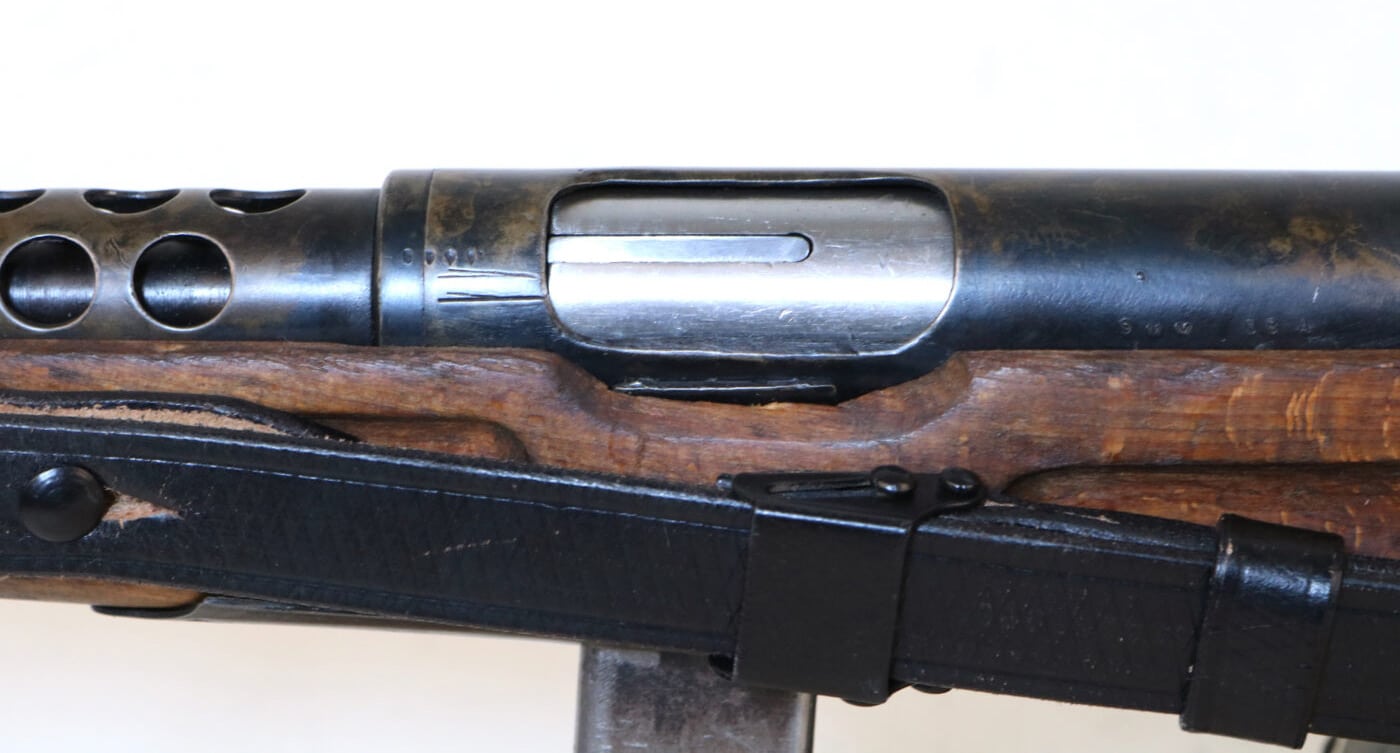
In addition to their unique stubby helmets and baggy “bone bag” jump smocks, the Fallschirmjagers wielded some unique weapons. The FG42 paratroop rifle represents the golden ring for the most rarefied of military weapons collectors. Additionally, the German paratroops were fairly prolific users of the Italian Model 38A submachine gun. Smooth, accurate, handy, and just a little bit weird, the Model 38A was, surprisingly, one of the finest weapons of the war.
Special thanks to World War Supply for the cool-guy gear used in the preparation of this article.
Editor’s Note: Be sure to check out The Armory Life Forum, where you can comment about our daily articles, as well as just talk guns and gear. Click the “Go To Forum Thread” link below to jump in!
Join the Discussion
Continue Reading
Did you enjoy this article?

 281
281






